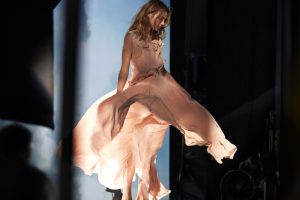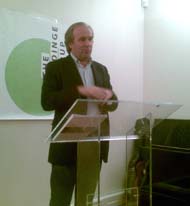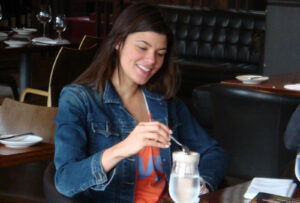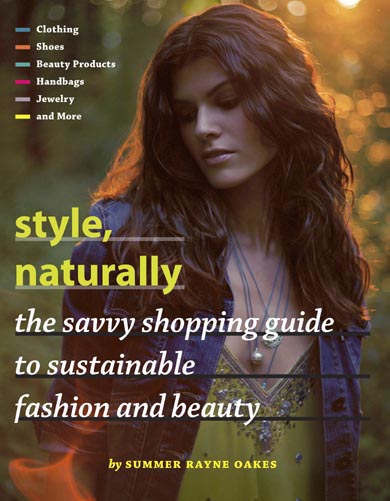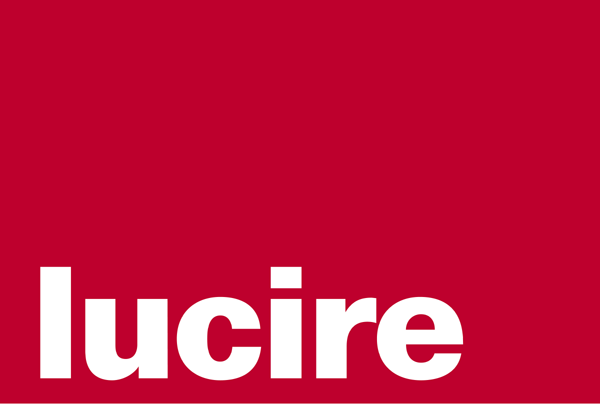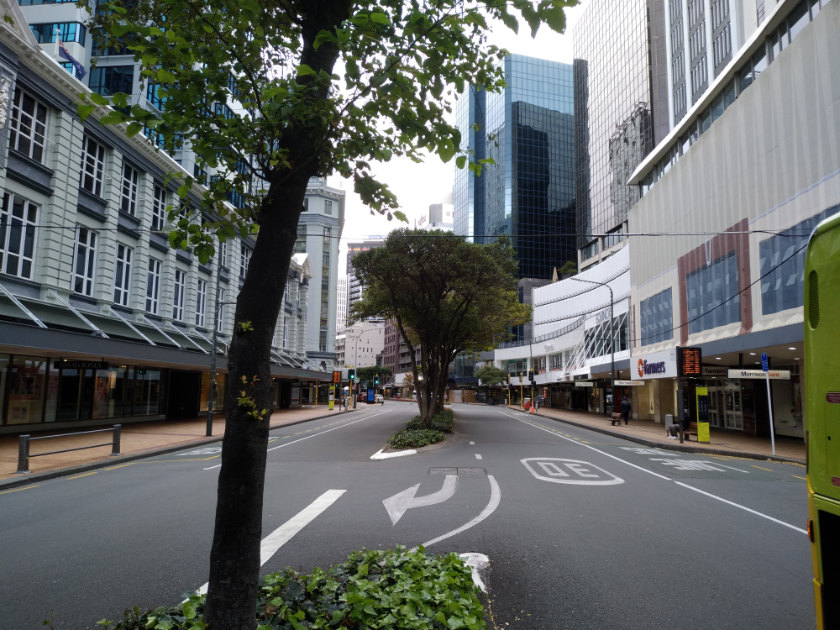
Jack Yan
Above: Wellington, New Zealand’s Lambton Quay, normally a main thoroughfare, during that country’s lockdown.
Over the last two issues of Lucire KSA, we ran a story each on COVID-19. The first examined how companies fared after previous economic crises, looking at the past for answers. Last month, we examined what companies were doing in response to the pandemic, a report from the present. This month, it may be prudent to take some punts about the future.
Even before the COVID-19 crisis, China was selling cars with air filtration and purification systems, such as the Oshan X7 and the Geely Icon. These two SUVs were responding to the pollution that plagues Chinese cities, and when the Icon was launched in February, its system was turned into a positive selling point as fears about COVID-19 mounted. When the X7 was revised in March 2020, its system received an upgrade, to allay fears about the novel coronavirus. But these are minor product enhancements, for what is the point of these SUVs during a lockdown when driving is curtailed?
We often refer to the automotive sector in Lucire because it’s one of the most evident places where brands and trends emerge, and with fewer players than in fashion, it’s often easier to see what those might be. Alfonso Albaisa, Nissan’s senior vice-president for global car design, pointed out to Forbes that after each major crisis—he uses World War II as an example—there is a creative surge, and that the US car industry of the 1950s picked up on it, with ‘a promise of the future.’ He says, ‘Many times, this whole “vision of tomorrow” comes from the difficulties of today. So I think we as people will express our emotions physically and you’ll see this in all the arts.’
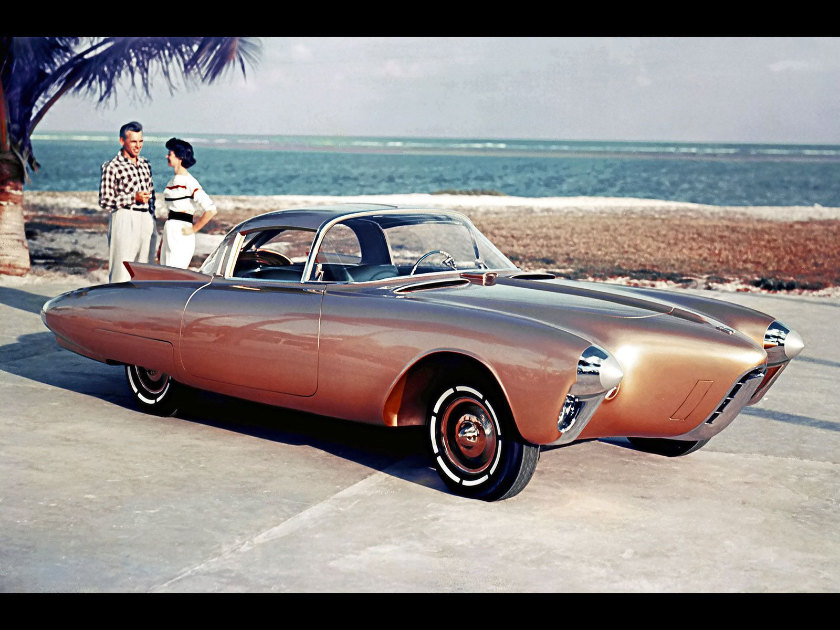
GM
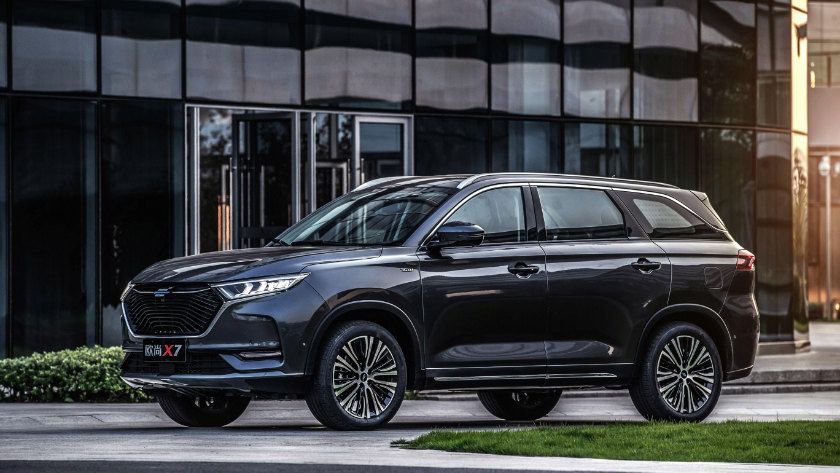
Oshan
Above, from top: Oldsmobile Golden Rocket, a 1956 show car from GM that pointed to an optimistic, jet-age future. The Oshan X7 SUV, with a standard air purifier.
Other emotions that have emerged during this time include loneliness, in those countries or communities that are facing a lockdown, and the desire for human contact, alleviated somewhat by the knowledge that many are in the same boat, and by the ease of digital contact in developed countries, with VR, Skype and Zoom, the latter entering the vernacular and enjoying a massive rise in popularity, despite privacy concerns. But on the flip side are emotions of appreciation, in countries where governments have acted and people have been unified.
Travel editor Stanley Moss, based in Italy, chatted last month to the general manager of the Baglioni Hotel Luna in Venezia, Gianmatteo Zampieri. Stanley reported in our web edition that the conversation was ‘lively’, rather than pessimistic, when at the time Italy had one of the most troubling COVID-19 numbers on record. He writes, ‘The Rialto Bridge is deserted, and uncrowded phantom vaporetti lazily float by. The St Mark’s Basin stands empty, with only stray small craft passing.’
Mr Zampieri remarked, ‘The Lagoon is like a mirror. There’s not a boat to be seen, the water is crystal clear, and schools of little fish are swimming in the canals. We have a gondola landing at our entrance, and we are seeing little crabs crawling up the gondola poles. Ducks are nesting on the vaporetto docks, and laying eggs there.’
Stanley continues, ‘Mr Zampieri has an optimistic perspective on all this. He says that following these difficult times we’ll be given a chance to return to a Venezia renewed, where the air and water are clean, landmarks uncrowded and Baglioni’s teams rested and ready to welcome back guests.’
Many will have seen the photos of Venezia’s clean waterways, or how the Himalayas are now visible from the state of Punjab, India, where they had been hidden due to air pollution. At Lucire’s HQ in Wellington, New Zealand, native kererū pigeons can be seen flying in flocks and close to homes, whereas before they would be seen individually or in pairs, seldom venturing quite so closely into neighbourhoods.
Lockdowns saw an appreciation of the quietness and the absence of noise pollution, a silver lining for those who were forced to stay home.
In economies that are opening up, the hum of traffic has returned, along with rush hours, immediately rendering the rural-like quietness nostalgic.
It may well accelerate certain emerging movements. It’s not difficult to link this love of nature to better air quality, less pollution, and the desire for improved public transport or alternative fuels. With fashion such a major contributor to greenhouse gas emissions—Quantis estimates c. 8 per cent can be attributed to apparel and footwear, while 114,000 million items of clothing were sold in 2019—fast fashion has become more exposed during the crisis. A shocking 70 per cent of the product winds up in landfills or is incinerated, and inventory is currently growing in warehouses around the world. The Business of Fashion estimates that fashion is an industry that will need between US$20,000 million and US$30,000 million per annum to meet global climate and development goals in the coming decade.
With several of my colleagues at Medinge Group, the Swedish think-tank dealing with brands with a conscience, we summarized in one session how we have become more acutely aware of how natural resources should be used sustainably, how many indigenous populations have been appropriate guardians of them and of global biodiversity, and how it has been possible to opt for self-sufficiency and sourcing a lot of our food locally, potentially boosting a localization movement.
Somewhere in between these truths is an understanding that collaboration and co-creation are potential ways forward for the industry: to both consume more mindfully and produce more responsibly. Climate activists like Greta Thunberg rightly point out that earlier generations could have done better, and COVID-19 may have woken more up to the idea that change can happen, and we can create a better way.
It would seem more important, then, to look at brands and responsibility, both of which are beginning to be the ways out for many sectors.
In the 2020s, it is becoming more evident that brands should promote a sense of belonging, because people agree with its values and wish to be seen to be connected with them. Perhaps the analogy of a desirable club is not inaccurate. The top–down approach of the generation before, mass marketing products through mass media, is history: it does not build brands, and is better left to low-cost retailers keen to push short-lived product over quality. In 2020, in the midst of COVID-19, there is no stigma to having less tidy hair or older clothes, because neither signals a lack of standing; and a brand pursuing a profit strategy over one centred around purpose may find such an approach off-putting to its audiences.
Improving the pay of workers, for instance—something our fashion feature interviewee in this issue, Johan Graffner of the Swedish label Dedicated, does with its suppliers—has been shown to make them more productive. Essential workers during the COVID-19 crisis have been praised as people have come to appreciate the value of their work in providing our necessities. Reworking and reframing the relationship workers have over their work could be a way forward: that those who invest their labour have the same voice as those who invest their capital, something pushed for by a group that counts Profs Nancy Fraser, Thomas Piketty and thousands of scholars from around the planet. They note that a strategy centred purely on profit has led us astray. Providing dignity, however, may be more in line with how people have come to feel over their work.
Fair Trade impacts the workers living in places where work has been outsourced. Simon Anholt, in his book Brand New Justice, goes further with suggesting a shared equity model. Building environmental and social strategies into the brand is yet another step that could be taken, with measurable outcomes—many metrics for this already exist. Kering (the parent to Gucci, YSL and others), for instance, has an Environmental Profit & Loss Account, which assigns a financial value to environmental impact.
The other reset must come with our use of resources. If collaboration with one’s own workers is possible, then it must equally be possible to work with those who understand biodiversity best. My colleague at Medinge Dr Nicholas Ind writes, ‘Indigenous people represent 5% of the world population, but manage 80% of the Earth’s biodiversity.’ Yet this traditional knowledge is often overlooked, though it would be fair to say that people appreciate its value far more in the midst of this crisis.
These greater goals are more appealing to the consumers who will emerge in a post-COVID-19 landscape. However, shifting to it, and giving it more than lip service, will require governmental support, the third limb in making this model work. Many territories have shown that working together with government and governmental agencies can defeat the virus: Taiwan, Hong Kong and New Zealand are among those that have experienced a largely unified approach and brought new daily infections close to zero. We can work on the same side. Intervention may be justified when it comes to wages, to prevent the temptation to force them down in order to maximize profits. Without governmental input, that US$20,000 million to US$30,000 million per annum target cannot be easily achieved.
In such a context, it has made the Kingdom’s Vision 2030 particularly prescient as it sought to insulate the country from precisely such shocks by diversifying the economy and the labour force. The brands that have emerged now need to visibly demonstrate that they have desire, as well as the means, to be part of a better world—and make us want to belong.—Jack Yan, Publisher


